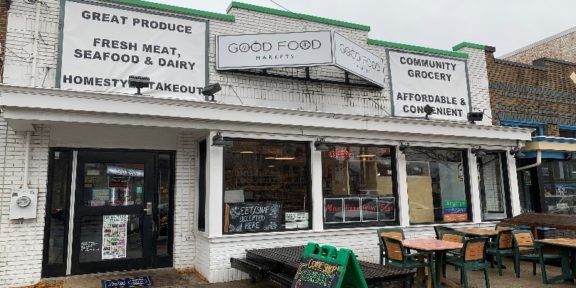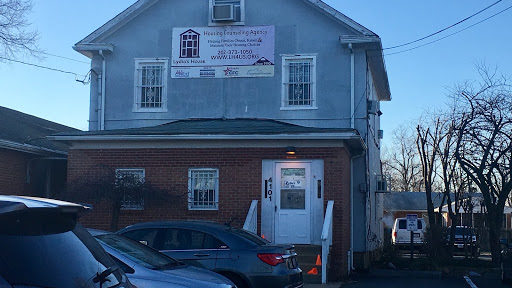As the number of the homeless, the unemployed and those who are employed but are still struggling to pay bills increases, soup kitchens and food pantries here and throughout the nation are trying to ramp up to keep up with the demand.
Last year, the number of Americans unable to buy adequate food to support their households rose to its highest level in at least 14 years, according to the Department of Agriculture. The number of households struggling to put food on the table rose from 11.1 percent in 2007 to 14.6 percent in 2008, according to federal statistics.
The issue is especially acute in the District of Columbia, where one out of five residents is living at or below the poverty line, according to city officials.
But even with this rapidly growing number in need of food, agencies that serve them, food pantries, soup kitchens and other charitable organizations, said they have been able to keep enough staples on the shelves to feed them.
“We are able to feed everyone,” said Scott Schenkelberg, the executive director of Miriam’s Kitchen, a Washington agency that provides food and other services to the homeless.
“We have never had to turn people away, either due to lack of food or crowding,” Schenkelberg said. “We are fortunate that we’ve been able to maintain our budget, but we rely on numerous private financial and in-kind donors.”
Miriam’s Kitchen’s budget will increase from $1.3 million in 2009 to $1.8 million in 2010, Schenkelberg said. The increase of $500,000 will pay for an evening meal program and case management services that begin in the January, he said.
This is a very demanding time for charities in the area, said Amy Ginsburg, executive director of Manna Food Center in Gaithersburg, Md. Ginsburg said it is actually the busiest time of the year.
Manna Food Center feeds about 3,000 families each month. It also allows clients to pick up three to five days of food every 30 days at one of its distribution locations.
The Salvation Army, which routinely runs food services, is also feeling the strain.
“We are still working everyday to continue the level of care for the people who come to us for help,” said Ken Forsythe, the manager of the Salvation Army in northwest Washington.
The Lord’s Table Food Center in Gaithersburg, Md., has had continued help with donations of food and supplies to be able to run efficiency, said manager Mary Canapary.
“We fed about 85 people a day last year and will probably feed the same amount this year,” Canapary said. “We are doing extremely well. We have always gotten donations from churches, synagogues, mosques and individuals, and they have always been extremely generous.”
As the number of people in need of help increases, so do the number of volunteers, charities said.
Jamela Joseph is the community service director for National Council of Negro Women Howard University Section. She said she has so many volunteers she has had difficulty getting them all assigned work.
“We plan to volunteer at So Others Might Eat (SOME) in January,” Joseph said. “When I contacted SOME, they were booked for the most part and could not take any more volunteers on certain dates.




